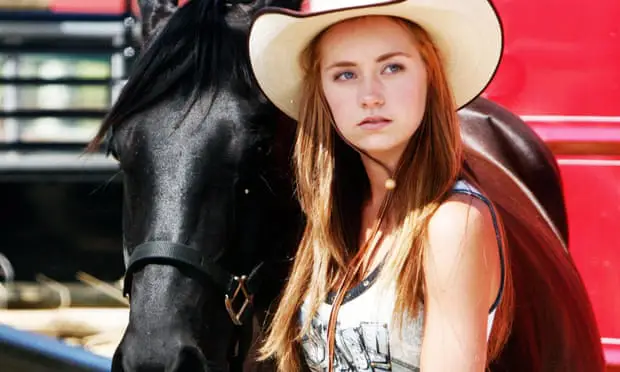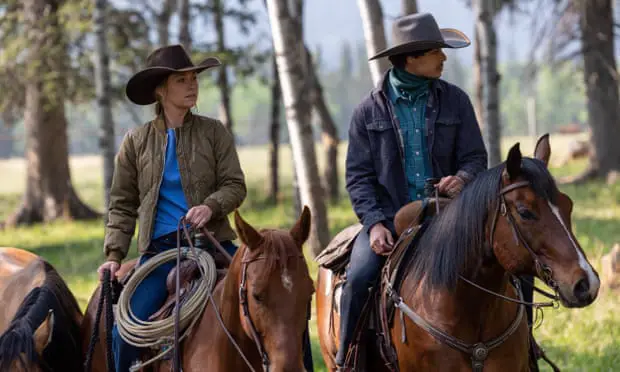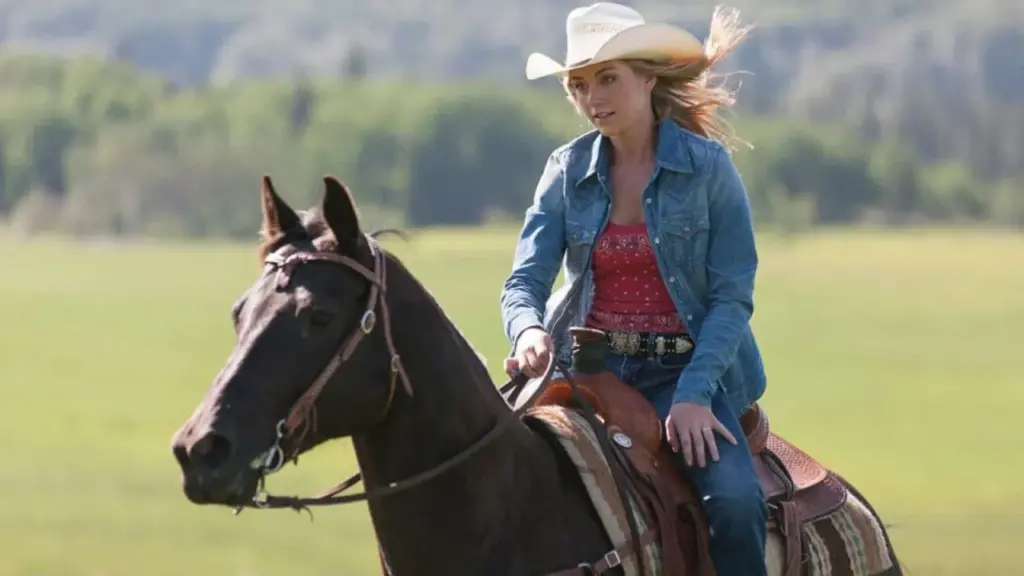How ‘Heartland’ Inspired Me to Ditch My Desk Job for a Life with Horses

If you grew up in Australia in the late ’90s or early 2000s, chances are The Saddle Club was part of your after-school routine. That show—based on Bonnie Bryant’s books and oddly filmed in Australia—sparked my very first obsession with horses.
Skip forward a decade or so, and another horse-themed series reignited the flame. I’m talking about Heartland, CBC’s long-running Canadian drama that first aired in 2007 and is now cruising into its 18th season. It centers around Amy Fleming (played by Amber Marshall), a teenage girl in Alberta who inherits her mother’s gift for rehabilitating troubled horses.
At first glance, it’s easy to dismiss Heartland as corny or overly wholesome. And yes, it is incredibly wholesome. But that’s exactly what makes it so compelling—and dangerous, in the best way. I started watching during a quiet evening in 2016. Within a year, I had completely upended my life.
From Netflix to Night Checks: My Horse-Crazy Reality
When I first pressed play on Heartland, I was a casual adult amateur who had just picked up weekly riding lessons again. Fast forward to today, and I now own three horses, spend two hours a day at the stables, and compete (with varying success) in eventing, showjumping, and dressage.
My bank account? Not thriving.
My soul? Never better.
What Made Heartland So Irresistible?
It wasn’t just the horses. It was the way the show presented them. The cinematography is stunning—wide-open Alberta skies, rugged trails, golden pastures at sunset. The Heartland ranch feels like a character in itself.

But it’s Amy’s connection with her horse, Spartan, that really got to me. In the first episode, she helps rescue him with her mother—who tragically dies in a car accident soon after. Amy processes her grief by building trust with Spartan, transforming him from a scared, abused horse into a confident jumper.
Sure, that arc is a bit of a fantasy. In real life, most horses with trauma don’t become show champions. But watching Amy work with Spartan gave me a north star for the kind of relationship I wanted with my own horses.
WWAD: What Would Amy Do?

That became my silent mantra when I got my first horse, a feisty mare who put me through the wringer. Falls, fractures, tears—you name it. But I kept thinking about Amy in the round pen, her quiet persistence, her belief in the horse before her. And so I kept going.
When I brought home a six-month-old filly, I found myself in even deeper. She was scared, especially of being touched on the face. It took me three months just to get a halter on her. I read everything I could about natural horsemanship and gently worked with her each day. Now? She nuzzles up to me for ear rubs and is about to begin her saddle training.
My third horse brought an unexpected medical crisis. He grew sick, fast. I found myself pacing the barn aisle, flashing back to scenes where Amy agonized over Spartan’s health. Watching those episodes again while waiting for test results helped keep me calm. Thankfully, we got a diagnosis and a treatment plan—and like Spartan, he pulled through.
You Don’t Need to Love Horses to Love Heartland

Even if you’ve never touched a horse, Heartland is worth watching. It’s comfort TV in the purest sense: no swearing, no edge, just beautiful scenery, kind people, and emotional stories.
Fair warning: You may find yourself Googling local riding schools or wondering what it would be like to swap traffic for trail rides.
But if you do?
Well… don’t say I didn’t warn you.

